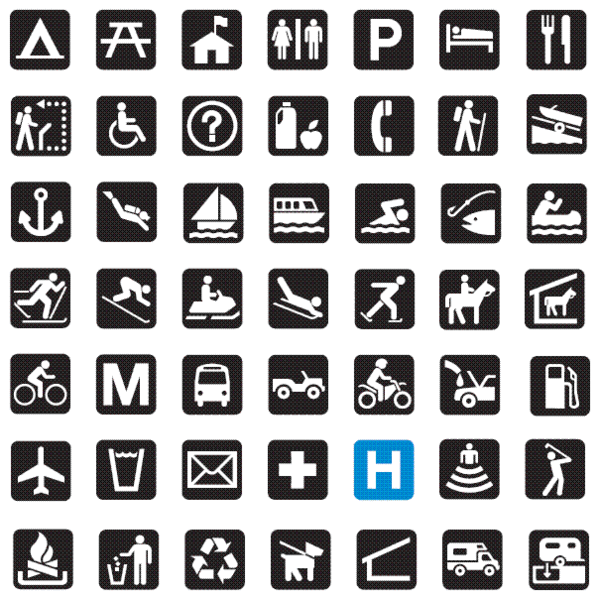One of the most common reasons to learn a language is travel, for knowing the native language of a new place can undoubtedly deepen one’s experience while there, whether it’s reading about the place’s history or contemporary culture, conversing with the locals, or hearing passing voices in the street. For many, in fact, the relationship is actually inverted: travel is predicated by a desire to learn a foreign language.
That said, the majority of travelers to foreign places are not motivated by such desire, and have little interest in learning the language beyond in the most basic communicative sense. As many such travelers will attest, travel of this nature can be exciting, confusing and funny—sometimes, simultaneously. It can also be, unfortunately, quite frustrating: from asking directions to ordering food in restaurants, this negative aspect often deters would-be travelers from going to places where unknown languages are spoken.
Globalization, though, and other forces, are motivating travel hotspots to work toward limiting this sense of frustration, to bridging the communication gap. Besides the arguably preferred method of travel industry workers learning the most popular language(s) of their clients, cities and governments (above all) employ methods not rooted in traditional language. We experience the most popular of these everyday, regardless if our location is domestic or foreign—that is, pictographs. Ranging from road signs to product instructions, these seek to communicate information without words.
Some have suggested that pictographs, in fact, could have larger implications beyond an improved level of communication between speakers of different languages, that the rising use of visual units of communication might complicate future language predictions. This positions pictographs as rather innovative in nature.
But, two things to consider: first: pictographs have existed for thousands of years—they predate written and spoken language, according to many experts; and second: globalization in general and specifically some of its most integral tools—above all, the Internet—are not exclusively rooted in language. What’s more, the language used is almost always brief. Like travelers who encounter foreign languages, so too are Internet users’ encounters with foreign languages necessarily fleeting and functional. The language exposure may be wider, sure, but usually it is very shallow.
The Internet as a tool is notable here above all because it has become such a dominant one when researching and planning travel—and likewise while traveling, as both a reference and communication tool, for most. It, along with pictographs and other travel tools that seek to limit foreigners’ linguistic frustrations, might be considered contradictory to foreign language acquisition.
Are these speculations extreme, unfounded, or does the increasing influence of non-language-rooted communication tools and methods indeed threaten whatever foreign language travel traditions existed before?




